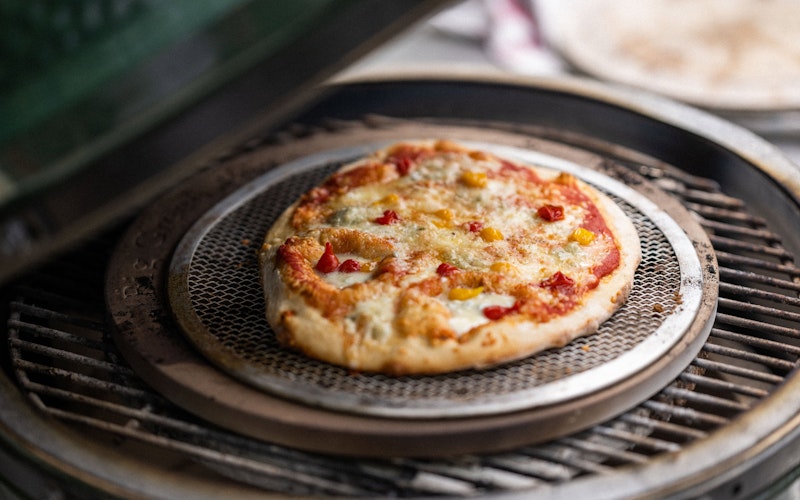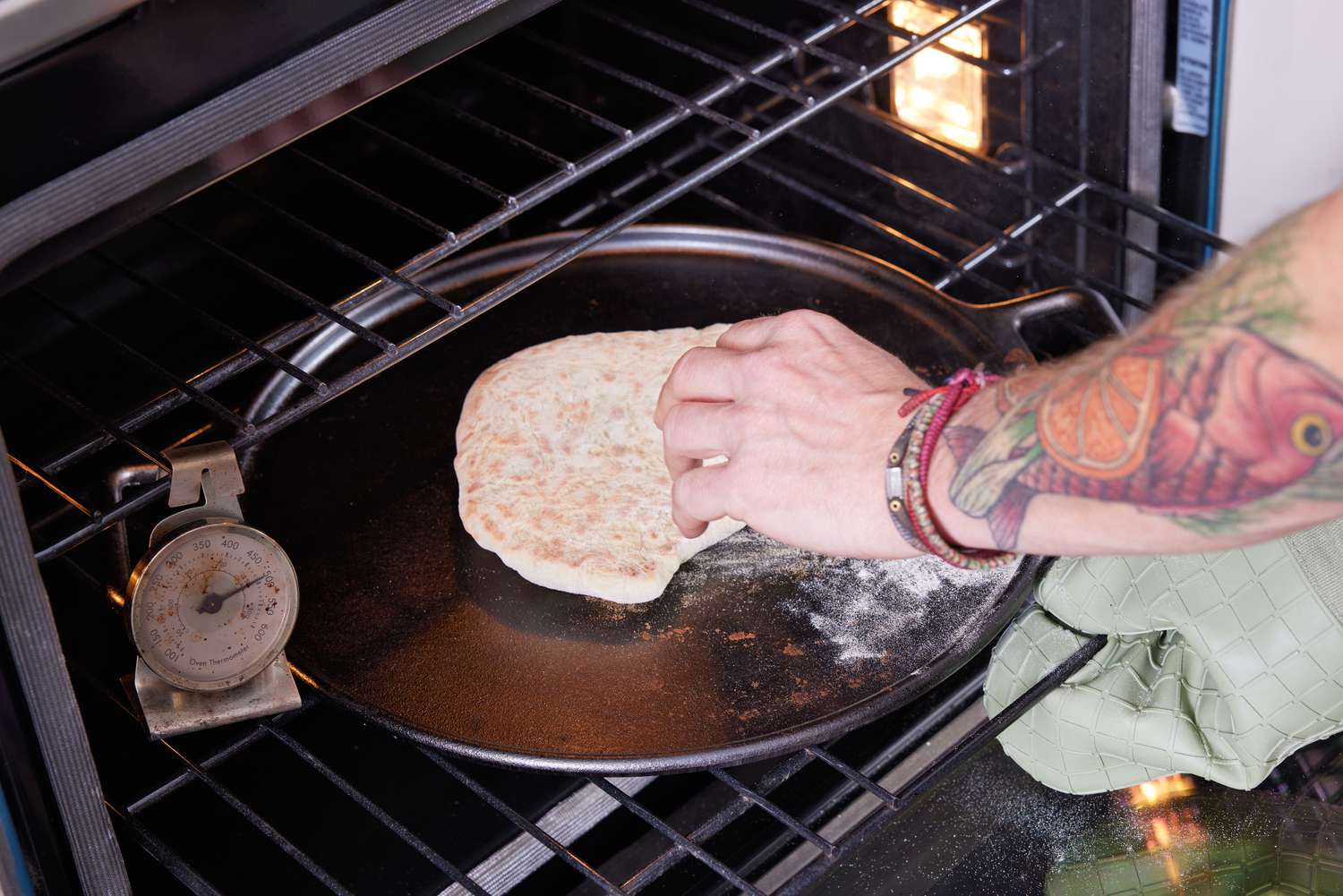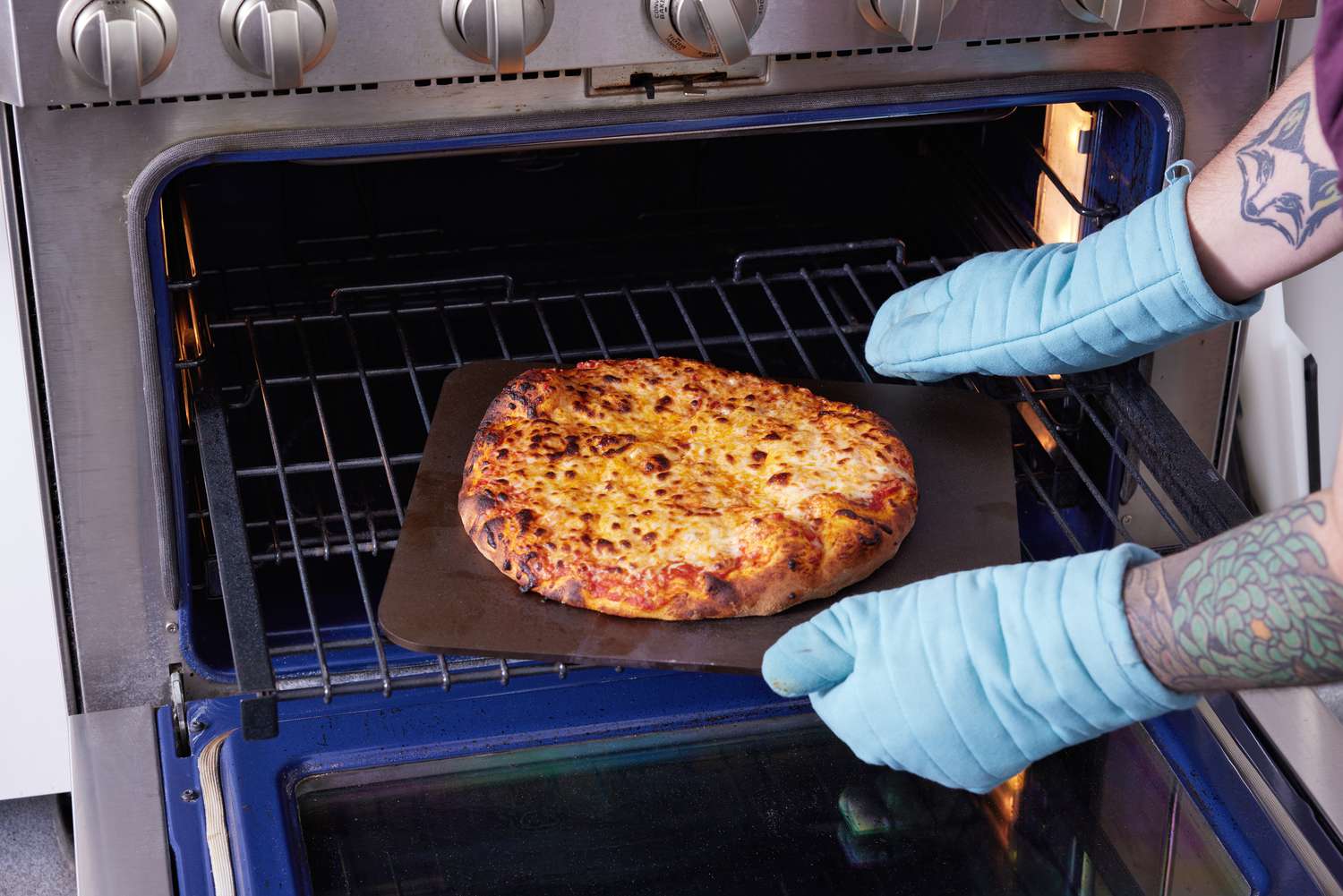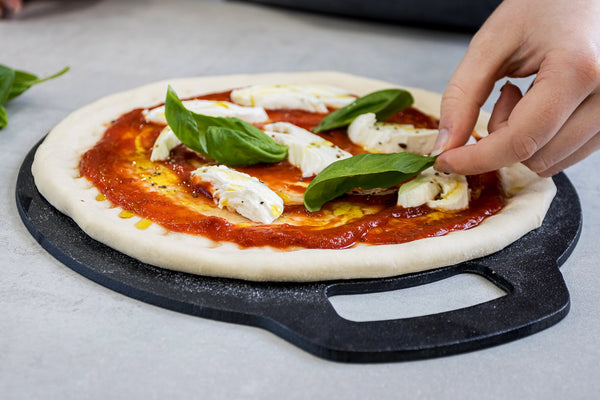For kitchen professionals, achieving the ideal crust on breads and pizzas is a common goal. However, not everyone has access to a traditional baking stone. Whether you're exploring different baking tools or looking to optimize your kitchen resources, knowing about various baking stone alternatives can be a game changer.
This exploration will take us through several great options, including materials you probably already have in your kitchen. Let's delve into these alternatives that promise to replicate the magic of a baking stone.

Why Consider Baking Stone Alternatives?
A baking stone is cherished because it evenly distributes heat, leading to perfectly baked goods. But, not every kitchen has one readily available, or the cost might be prohibitive for some establishments. Alternatives can offer similar benefits and are often more versatile.
For some chefs, the need to scale recipes without the constraint of a single stone is essential. Also, understanding different tools embeds a flexibility that is invaluable in dynamic cooking environments.
1. Cast Iron Skillet
Cast iron skillets are a kitchen staple for many chefs due to their heat retention properties. They can be an excellent baking stone alternative, providing a similar cooking surface that's perfect for achieving a crispy crust. For more about using it effectively, check out this guide on cast iron cooking.
Preheat the skillet in the oven before inserting your dough to mimic the high and even temperatures that a baking stone would provide. Cast iron also has the advantage of being usable over a stove top, offering versatility that a typical stone does not.
2. Baking Steel
The baking steel is a newer addition to many kitchens and provides a superior thermal conductivity compared to traditional stones. Its durability and even heat distribution make it an excellent alternative.
With its ability to withstand high temperatures, it's ideal for pizza and bread baking. The weightier and more robust design ensures consistent results time after time. It can be a worthwhile investment for those looking to produce professional-level results.
3. Ceramic Tiles
Utilizing unglazed ceramic tiles from home improvement stores is a budget-friendly option. These can replicate the texture and heat retention of a baking stone at a fraction of the cost.
Ensure you're using food-safe tiles by avoiding glazed varieties or those with possible harmful additives. They can be arranged on an oven rack, providing a customizable cooking surface suitable for various baking tasks.
Functionality and Flexibility in the Kitchen
Baking stones or their alternatives are not just about replicating texture; they're about achieving uniform heat distribution quickly. This adds to both the functionality and flexibility of your kitchen process.
For further insights on materials and comparisons, read through our material guide, and explore diverse options that suit different baking needs.
Innovative Ideas
Many of these alternatives provide creative ways of handling multiple orders in restaurant settings or experimenting with varied recipes. To see how you can integrate these into everyday tasks, consider reading about our skillet reviews or choose the right options from our buying checklist.
By adopting a flexible mindset and utilizing multiple resources, kitchen professionals can expand their culinary repertoire and achieve the perfect bake every time.

FAQs
What are the key advantages of using a baking stone alternative?
Alternatives provide cost-effectiveness, flexibility, and can often replicate the evenness of traditional stones. Depending on your choice, they may offer additional cooking versatility beyond baking.
Are there any risks associated with using ceramic tiles?
When using ceramic tiles, ensure they are unglazed and food-safe to avoid harmful chemicals. It's vital to maintain them for cleanliness and to prevent breakage under high heat.
Does a baking steel outperform other alternatives?
Baking steels offer superior heat retention and evenness, often surpassing stones in efficient cooking times and quality. They are particularly favored for pizzas and artisan bread.
Ready to transform your baking without a traditional stone? For more detailed tips and culinary insights, explore our top baking tips.
This article contains affiliate links. We may earn a commission at no extra cost to you.






Leave a comment
This site is protected by hCaptcha and the hCaptcha Privacy Policy and Terms of Service apply.